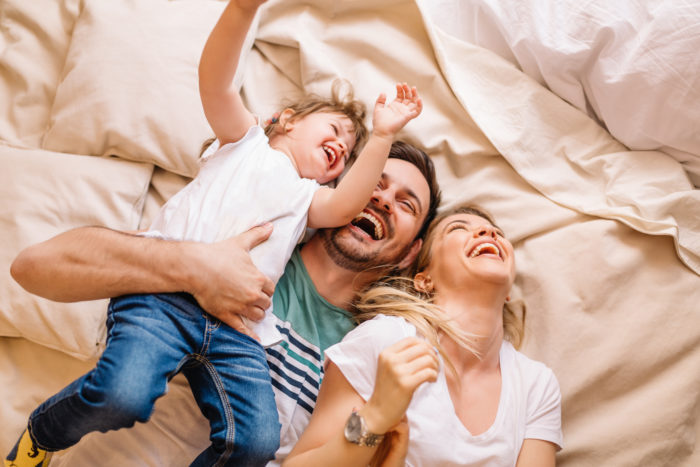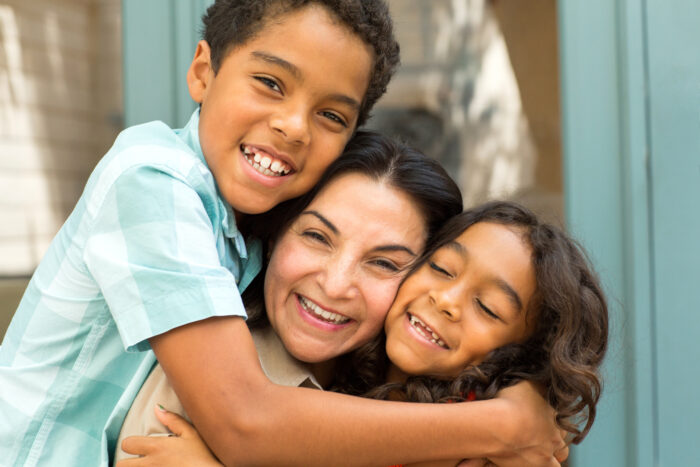Recently, I had the opportunity to visit Honolulu, and the experience was both breathtaking and enlightening. The weather and scenery were stunning, but what truly stood out were the unique Hawaiian practices relevant to mental health work. Immersing myself in Hawaiian culture has enhanced my clinical practice and deepened my understanding of trauma-informed care from a non-Western, decolonizing framework.
Understanding Historical Trauma in Native Hawaiian Communities
Native Hawaiians, like many Indigenous peoples, have faced unique challenges due to historical trauma stemming from colonization, assimilation, and military occupation. These experiences have led to high rates of suicide, substance use disorders, and domestic violence. The dismantling of long-standing Indigenous networks and systems of care has only recently begun to see momentum in rebuilding through ancestral healing practices as a form of cultural reclamation.
Native Hawaiian Trauma-Informed Practices
Hula (Dance)
Hula incorporates movement as a form of ceremonial and spiritual joy. It is a traditional Hawaiian practice that brings people together through dance.
Oli (Chanting)
Oli involves chanting in unison, creating sound vibrations that facilitate meditation and spiritual connection.
Mo’olelo (Storytelling)
Mo’olelo is the sharing of ancestral knowledge and legends through community voices, fostering a sense of identity and continuity.
Mele (Song)
Mele utilizes music and singing as a grounding practice, promoting emotional well-being and expression.
Aina (Earth)
Aina refers to the practice of crafting, sewing, and using plants to create artistic expression. Art-based interventions promote self-expression, creativity, and emotional release.
Indigenous Wellness Practices for Mind, Body, and Spirit
Aloha: More Than a Greeting
Aloha is not just a word for hello and goodbye; it embodies putting positive, genuine feelings into the world for every individual encountered. It recognizes the importance of mutual respect and promotes strength-based philosophies, openness, and inclusivity.
Pilina: Cultural Interconnectedness
Pilina, or the power of relationships, highlights the healing potential found in community connections. Developing a supportive environment and finding strength in these relationships lead to collective social healing.
Aina: Nature-Based Approaches
Spending time in nature is a holistic approach to mental health management. Aina also refers to the land and the food we eat, emphasizing that giving to the land will ensure it gives back to us. Hawaiian practices involve land conservation and animal stewardship, recognizing the belief that healing the environment is essential to healing ourselves and addressing the trauma of climate change.
Visiting Hawaii and learning about Native Hawaiian healing practices has significantly informed my understanding of trauma-informed care. The holistic, multi-generational, and community-based approaches of Native Hawaiian practices have profound implications for mental, physical, and spiritual well-being. Recognizing the impact of colonization and historical trauma on Indigenous communities underscores the importance of cultural reclamation through ancestral healing practices. By honoring these practices, we can collectively heal from historical trauma and incorporate transformative approaches into the field of trauma-informed care.
“The lion’s story will never be known as long as the hunter is the one to tell it.” -West African Proverb
References
Mullan, Jennifer; Decolonizing Therapy: Oppression, Historical Trauma, and Politicizing Your Practice. W. W. Norton, Incorporated, 2023.
National Traumatic Stress Network: https://www.nctsn.org/trauma-informed-care/culture-and-trauma.
Papa Ola Lokani; E Hui Ana Na Moku (The Islands Shall Unite) Harm Reduction Community Resource Guide, Hawaii Health and Harm Reduction Center, 2022.




